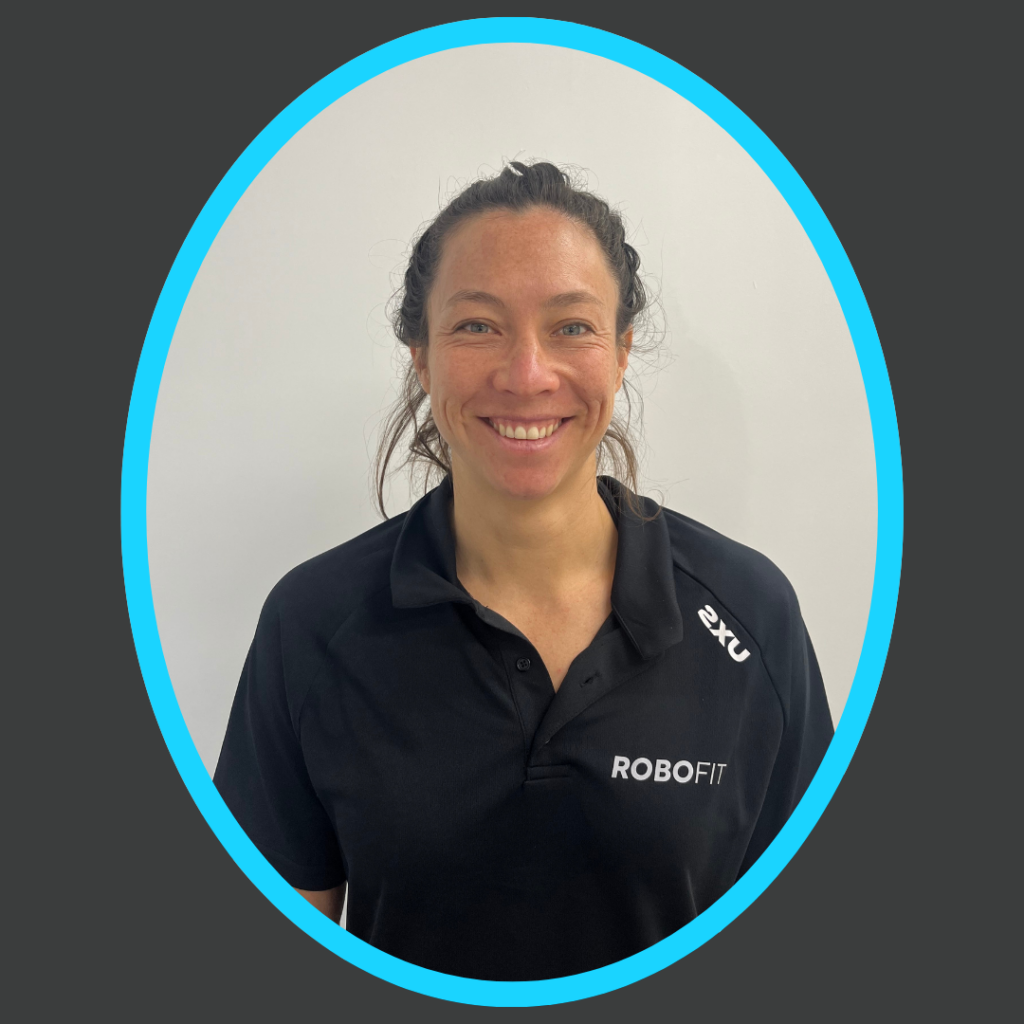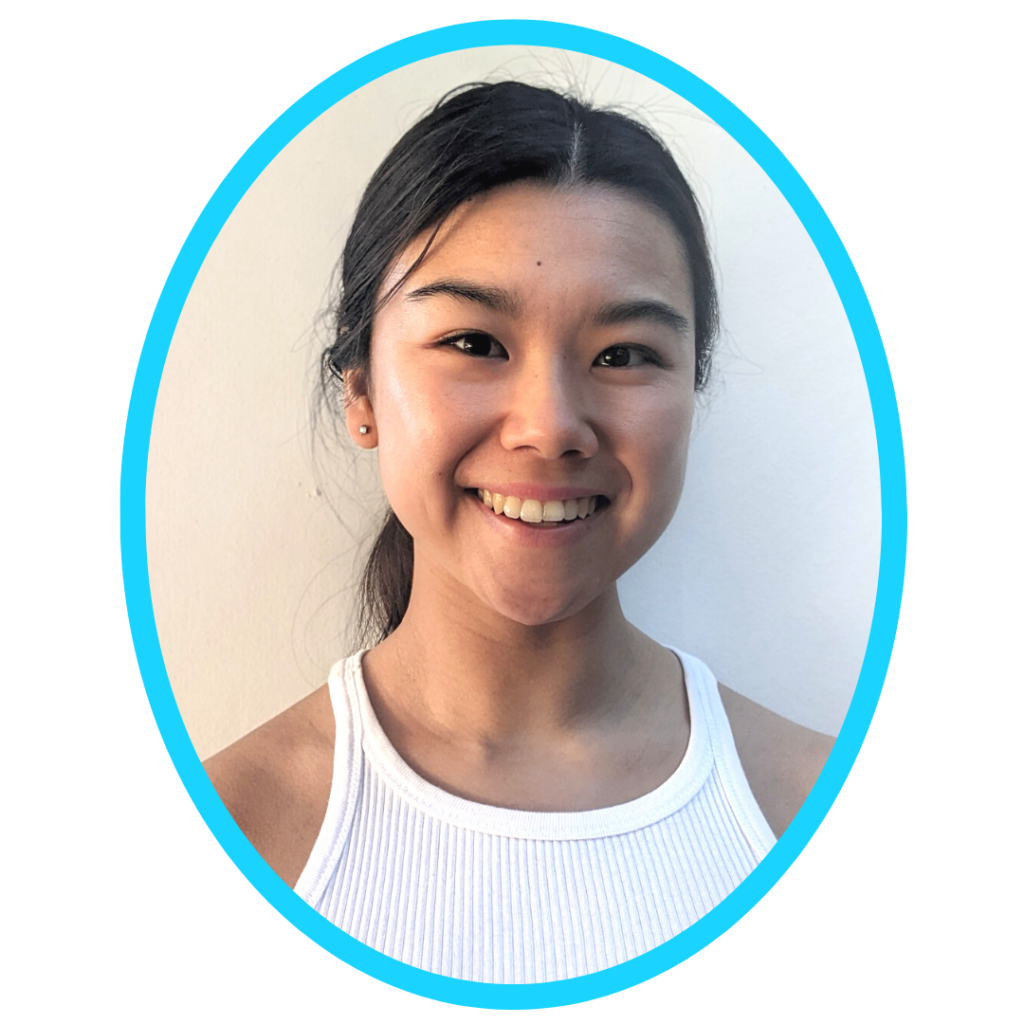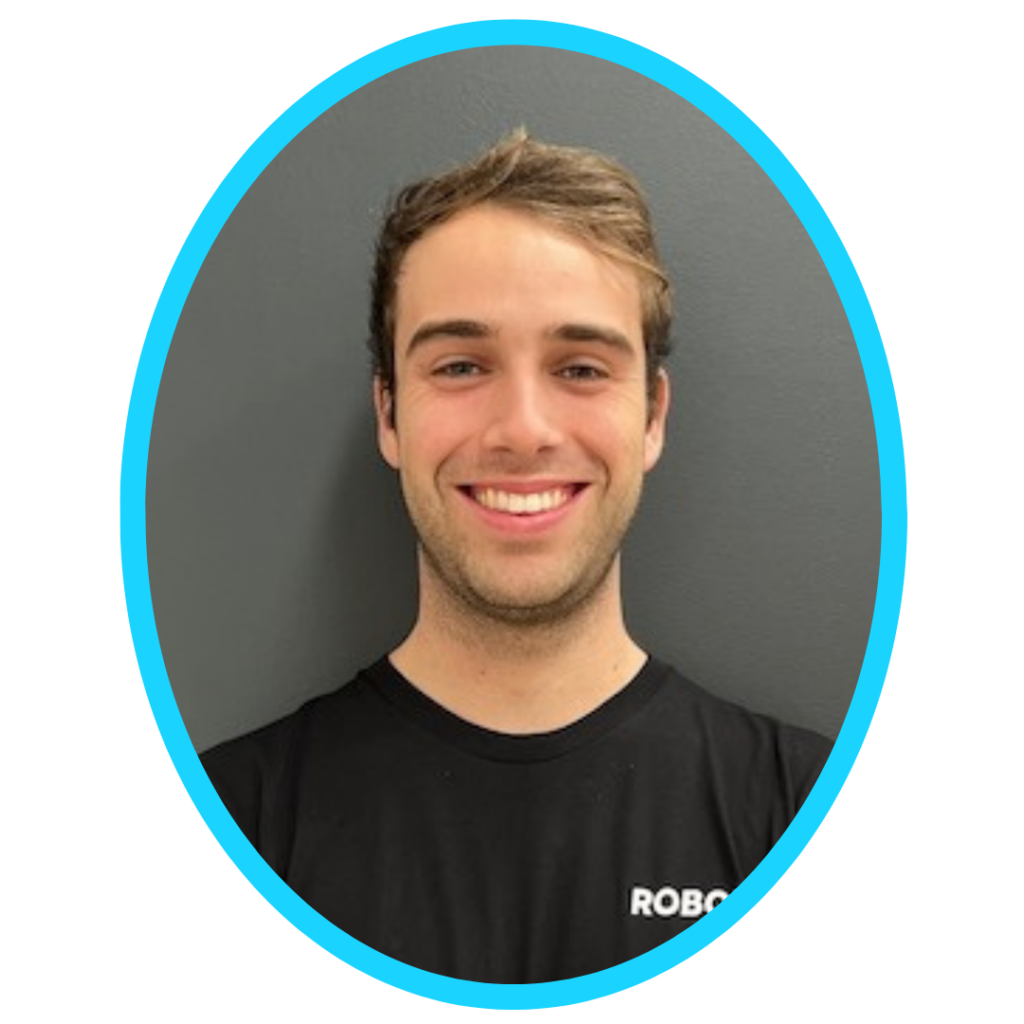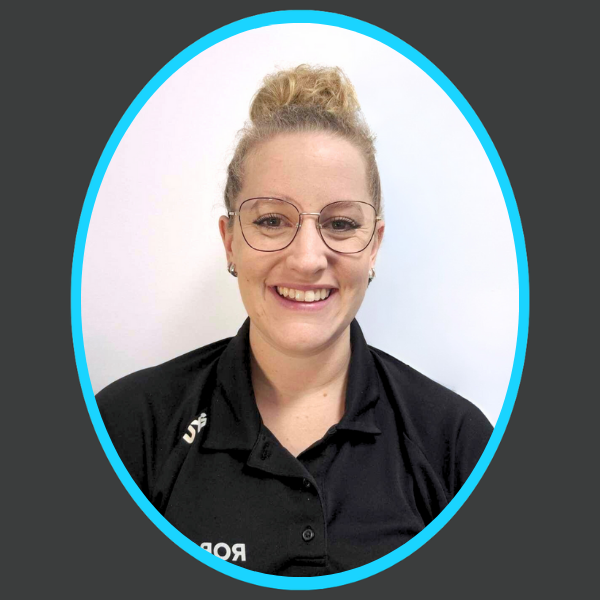Spinal cord injury RECOVERY WITH HAL
RoboFit is proud to offer Cyberdyne’s Hybrid Assistive Limb (HAL) technology — a breakthrough neuro-controlled exoskeleton that supports movement based on your brain signals. For clients with spinal cord injuries, HAL is helping make the impossible possible again. Personalised therapy programs are available for paraplegia and quadriplegia, as well as complete and incomplete spinal cord injuries.
Our team of physiotherapists and exercise physiologists work closely with individuals living with neurological conditions, including spinal cord injuries, to support them on their journey. Following an initial consultation, we’ll guide you through options ranging from conventional therapy to a personalised program that integrates HAL neuro-controlled exoskeleton technology.
How HAL Works
Unlike passive robotic devices, HAL (Hybrid Assistive Limb) detects bio-electrical signals (BES) on the skin from your brain to your muscles. It translates these signals into real-time support, enabling more natural, intentional movement and encouraging neuroplastic recovery.
Upper Limb HAL
- Restore functional control of the upper limb with support for the elbow and wrist
- Reduce learned non-use and compensatory movements
- Support daily activities like reaching, lifting, or grasping
Single Joint HAL
- Target the elbow, wrist, knee, or ankle independently
- Focus on isolated joint range, control, and symmetry
- Useful for incomplete SCI clients or early reactivation
Lower Limb HAL
- Retrain walking using active signals and repetition
- Improve balance, posture, endurance and gait mechanics
- Build confidence and independence in mobility
how does HAL work?
hal in Cybernic autonomous control (cac) mode
What Is CAC Mode in HAL Therapy?
CAC Mode (Cybernic Autonomous Control) is one of the operating modes of the HAL (Hybrid Assistive Limb) exoskeleton. It is specifically designed for people (including those with spinal cord injuries) who have little or no voluntary movement or detectable bio-electrical signals reaching their muscles.
How CAC Mode Works
In CAC Mode, the HAL exoskeleton initiates movement autonomously — meaning it does not rely on bio-electrical signals from the user’s body. Instead, a shift in centre of gravity drives parameters such as step length, speed, and joint angles. HAL then moves the user in a rhythmical, guided pattern to stimulate sensory input and support neural recovery.
Who Can Benefit from CAC Mode?
- Individuals with complete spinal cord injuries
- People in early stages of recovery post-injury
- Clients with severe weakness or low muscle activity
Benefits of CAC Mode
- Safe, repetitive movement to initiate gait retraining
- Weight bearing to reduce risks of osteoporosis
- Improves circulation and joint mobility
- Prevents disuse atrophy in early rehabilitation
- Supports neuroplasticity through structured movement and proprioceptive feedback
Clinical Application of CAC Mode
A typical CAC Mode session may involve a client with a complete SCI being guided through walking patterns set by the therapist. While the movement is initiated by HAL, the brain and body still receive valuable sensory information that may support long-term recovery and progression to more advanced modes like Cybernic Voluntary Control (CVC).
“In CAC Mode, HAL takes the lead — giving people with limited or no voluntary control the opportunity to start walking in a safe, structured way. Even without muscle activation, CAC Mode supports recovery by feeding the nervous system with the sensory input it needs to rebuild pathways.”
Cybernic Voluntary Control (CVC) Mode
CVC Mode is a core feature of the HAL exoskeleton system. It is designed for people who have faint but detectable voluntary muscle activation. Unlike CAC Mode, which operates autonomously, CVC Mode responds directly to bio-electrical signals (BES) from the user’s body — allowing the device to assist only when needed.
How Does CVC Mode Work
In CVC Mode, HAL amplifies the user’s own intention to move. The system reads electrical signals from the skin surface that indicate muscle activation, then uses that input to guide the movement in real-time. This helps the brain and body reconnect, supporting neuroplasticity and functional recovery.
Who Can Benefit from CVC Mode
- Individuals with incomplete spinal cord injuries
- Clients transitioning from CAC Mode after early rehab
- Individuals with mild to moderate muscle control returning
- Those wanting to focus on improving skills related to gait training
- Those seeking to encourage a cardiovascular response
Benefits of CVC Mode
- Encourages active participation and brain-muscle coordination
- Supports re-learning of walking patterns and posture
- Improves confidence and independence in movement
- Tracks progress using biofeedback data
Clinical Application of CVC Mode
A client using CVC Mode may initiate steps using faint bio-electric signals, while HAL assists with timing and force. The therapist can fine-tune the assistance level, gradually decreasing support as the client regains voluntary control. CVC Mode is ideal for clients progressing from passive to active rehabilitation.
“In CVC Mode, clients aren’t just moved — they’re actively moving. HAL works with their intention, turning small signals into stronger, functional steps. It’s this feedback loop that accelerates real recovery.”
Who can use robofit and HAL

meet some of our therapists

Jess Reid – Team Leader Physiotherapist

Helen Fang – Physiotherapist

Jordi Davis – Team Leader Exercise Physiologist

Elke Parker – Team Leader Exercise Physiologist

Using HAL is about more than standing and walking. It’s about doing something that I was told I’d never be able to do again.
It’s about taking back control of my life, my story and believing that I should never give up.

Daniel Hillyer
RoboFit Co-pilot